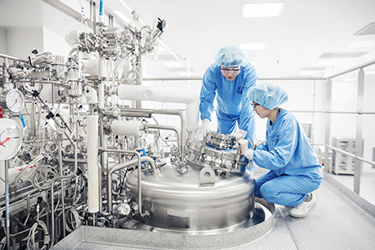Mitigating Risks Associated With Single-Use Systems: Critical Considerations

In recent years, single-use systems have become a popular choice for pharmaceutical manufacturers seeking to “right-size” operations and stay lean, from both an operational and economic standpoint. Teams procuring up to 2,000L of material frequently choose a single-use system based on the equipment’s list price, as well as the convenience offered by toss-and-replace components that streamline cleaning and validation protocols. Stainless steel systems, on the other hand, continue to play a pivotal role in the production of biologics that require large volumes and have lower operational costs with great flexibility in terms of production scale.
Issues such as capacity, scale-up, and flexibility dominate discussions around “single-use or stainless steel,” but there are many valid reasons why a manufacturer might choose one over the other (including energy usage, cleaning validation, cross-contamination risks, disposal of plastic waste, etc.) If you plan to utilize a single-use system for your product manufacturing, be sure to consider the following factors, all of which play an important role in determining your project’s total risk profile.
Get unlimited access to:
Enter your credentials below to log in. Not yet a member of Pharmaceutical Online? Subscribe today.
